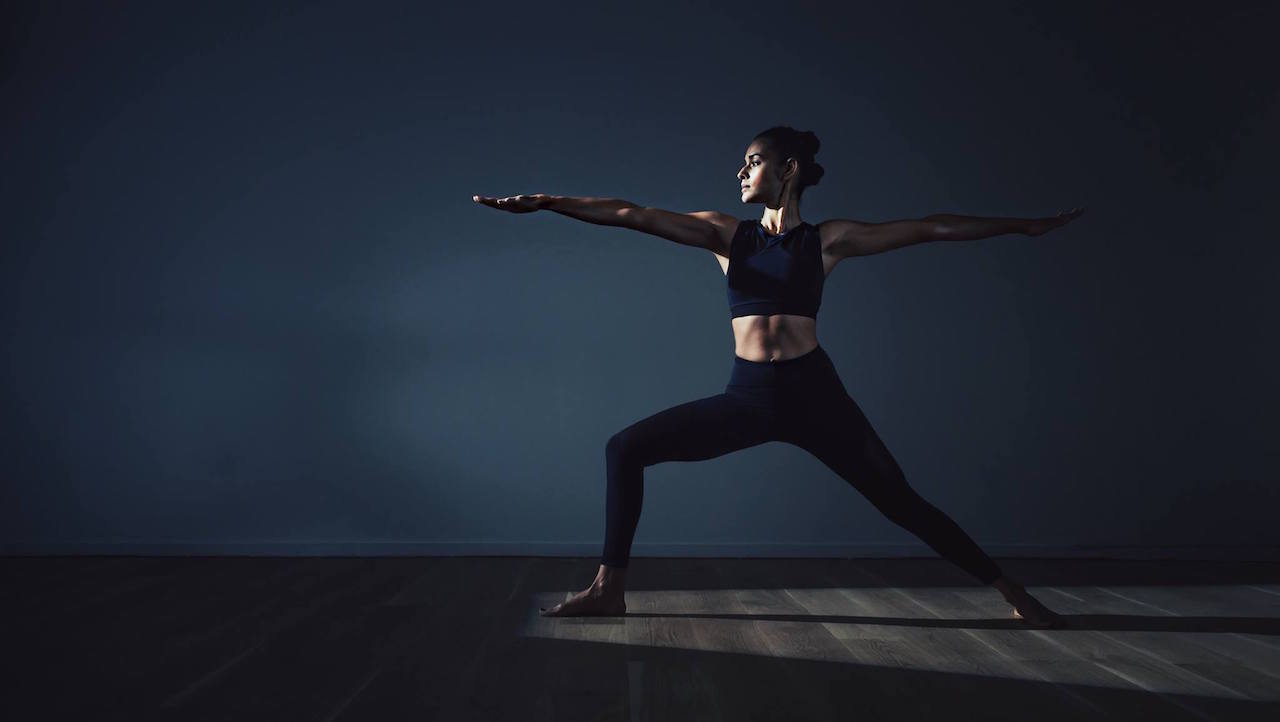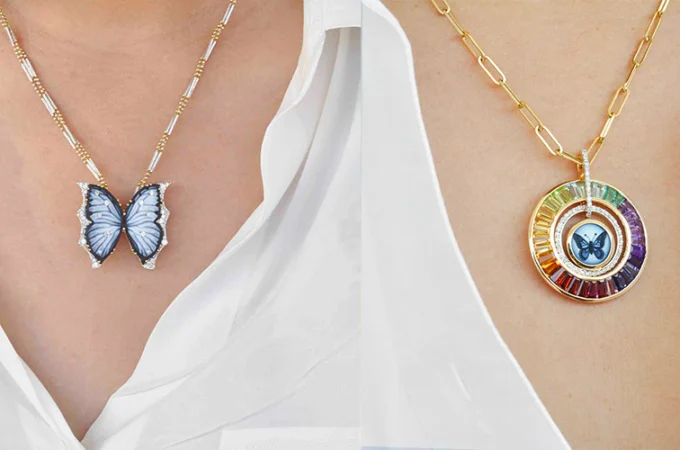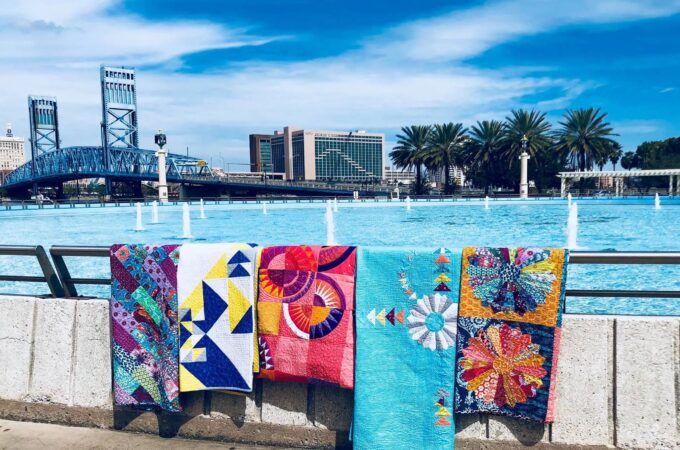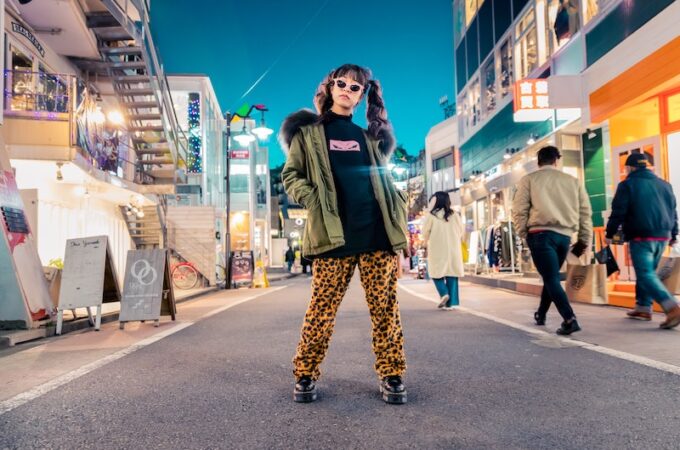
How to use High-Performance Sportswear
Sportswear has to need gorgeous features such as a pretty appearance and a nice look as well as functions that improve athletes’ performance, provide extra comfort, and promote the health of the wearer.
Sportswear is adjusted to the wearer’s comfort and achievement. Their requirements for sweat management, elongation, and recovery are largely controlled by the use of specialty fibers and wool, with softeners being used only to increase or supplement the effects. Moisture executives are the wicking away of liquid moisture or sweat from the surface of the skin chased by evaporation, to keep the wearer feeling dry. Hydrophilic softening agents based on polyethylene glycol and amino silicone in nano form are exact to impart moisture coordination properties to polyester and nylon (Holme, 2007). By discover improved surface oiling and elasticity to individual fibers, softening agents can impart stretch-recovery properties to value products. The latest move of textile technology has all found applications in the sports industry, from new outfits like FIRM ABS Sportswear or stimuli-responsive polymers.
(a) Professional sportswear in which maximum physical performance is essential, player’s age range and gender are predefined, the sportswear is reasonable to be worn for a short period of time, wearing frequency is set up, and the weather condition is closely constant within the terminal of the required sports field (indoor or outdoor).
(b) Leisure sportswear in which low to considered physical activities are likely, players age and gender may vary widely, wearing time and use frequency may vary generally, and the climatic condition may also separate.
A broad definition may lead to state two types of performance, namely, active wear performance, and sportswear performance. Active wear may refer to garments that are intended to provide a combination of cultured, style, comfort, and service in a less competitive mode such as casual wear and exercise. Examples of active wear products include coats, hoodies, pants, and crew neck fleece sweaters. Active wear may also include decorations and footwear of many varieties. A sportswear performance on the other hand inserts into higher activity levels, maybe in a competitive mode and under supreme climates. This demand different levels of functional characteristics pair with different sports.

Sportswear products may also be categorized closely based on the weather condition under which the sport is performed. In this case, products may be classified as (i) cold-weather products, (ii) moderate weather products, and (iii) hot weather products. They may also be classified based on the specific type of sport in which the product will be used. In this case, sportswear products may be divided into many types including auto racing wear, football wear, basketball wear, cycling wear, martial art wear, skiing wear, soccer wear, and Yoga wear.
Sportswear can help the athletes to improve their performance, either by improve their thermal physiology, supporting their gestures with an optimal combination of elastic and reduce structures, or by control the activity and physiological status with impacted sensors. The latest move of textile technology has all found applications in the sports industry, from new outfits like Firms ABS sportswear or stimuli-responsive polymers, new finishes in the nanometer range for select sweat adsorption, new fabric structures for better flight, to garment design fitting to the athletes’ body shape and specific movements. The sports zone is one of the outlets for wearable sensors, and different products have exactly developed for athletes. This topic reviews how high-performance materials and smart fabrics have been used to improve athletes’ performance.




